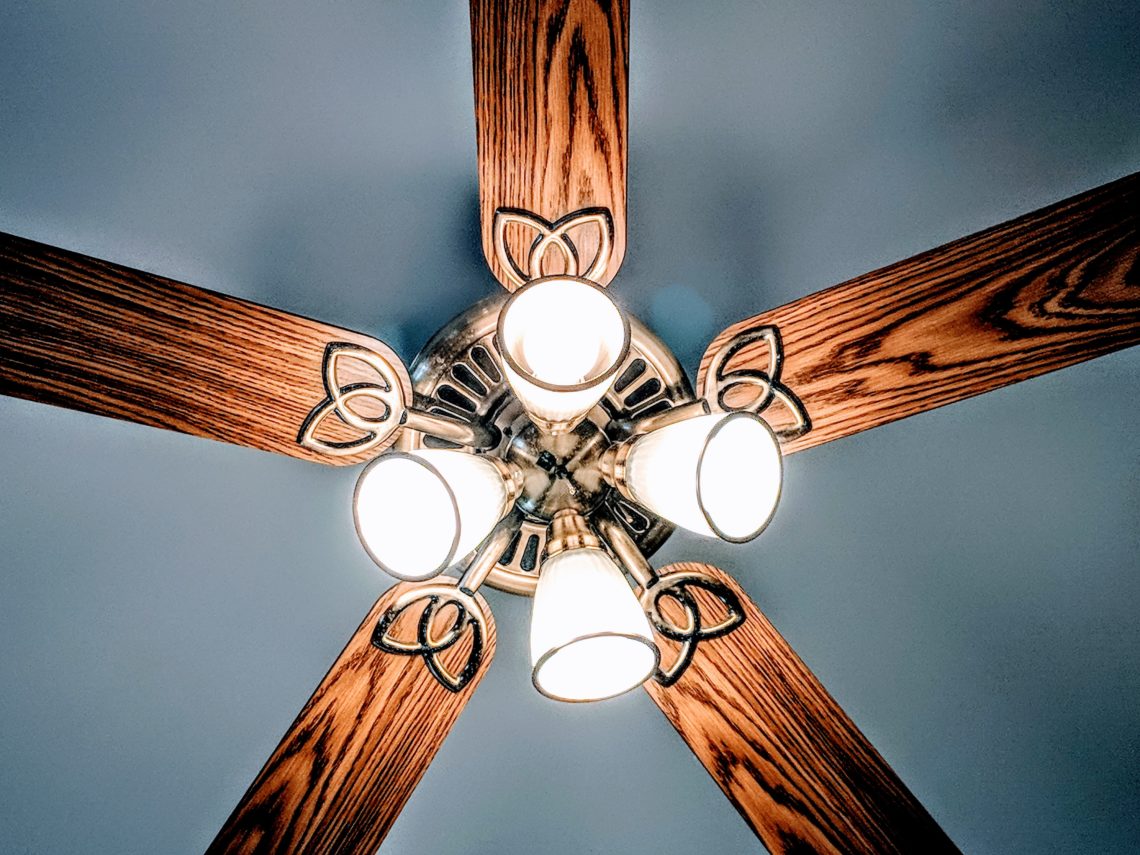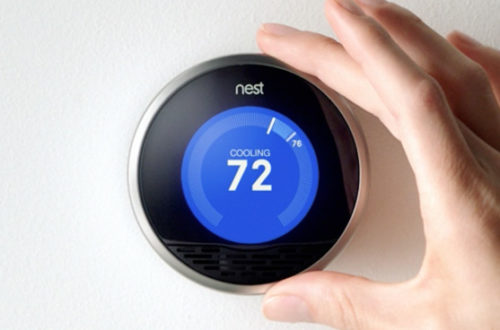Summertime. Kids home from school, pool parties, barbecues, summer road trips, spontaneous adventures, and … high energy bills. Everyone wants to stay cool. Unfortunately, blasting the air conditioner isn’t a very sustainable or environmentally friendly way to cool your home, not to mention the sharp spike of the energy bill. Here are a few green and efficient ways to cool your home during this scorching summer.
Install an Energy-Efficient A/C System
There are certain cities that require an A/C system in the summer. If you’re looking to install an air conditioner, or if yours needs an upgrade, make sure the unit is properly sized and comes with an energy-efficiency ratio (EER) rating of 10 or more to ensure maximum sustainability and savings. When using the A/C, be sure to clean (or replace) the filter every month to remove dust build-up, which reduces airflow. For more information on installing a new A/C unit, read this informative article on Angie’s List.
Inspect Your Windows and Doors
Keep your windows and doors closed during the day when it’s hottest. Once it cools off at night, turn off the air and open up the house. This allows fresh air to flow throughout your home and cool it down naturally.
Inspect your windows and doors for any cracks or leaks where cool air from indoors could escape or hot air from outside could seep inside. Weatherstripping the leaks with materials such as felt, foam, vinyl or metal seals your home tight. If you need a short-term solution for the hottest weeks of summer, use bubble wrap or high-reflective window film to keep your home significantly cooler.
Also, consider window tinting as a longer-term investment. This provides energy efficiency and a cooler home, and some window films block nearly 100 percent of harmful UV rays.
Close the Blinds or Create Shade
Windows and doors that allow natural sunlight in during the day are great for winter, but not ideal for the summer season. Be sure to install blinds or curtains for windows that allow light in during the day and keep them closed when it’s hot outside. When looking for long-term improvements for your home, install shade — trees, tall shrubs, or awnings — outdoors over areas of your home that get heavy sun.
Invest in Fans for Every Room
Fans are much more cost-effective and energy-efficient compared to air conditioning units. The average window air conditioner running for 12 hours per day uses 335 kilowatt-hours per month, roughly $40, reports SF Gate. A residential central air consumes 1,300 kilowatt-hours per month, which is about $150.
A fan, on the other hand, costs only $3.50 per month while running for 12 hours a day, saving you anywhere from $35 to $145 per month! Ceiling fans are very practical and circulate the hot air that rises in a room. Portable fans — tower, pedestal, or bladeless — can be moved with you throughout your house.
Avoid Using Heat-Generating Appliances
Certain appliances in the kitchen, such as an oven and dishwasher, generate excess heat which causes you to turn up your fan or blast your A/C to stay cool. Avoid this excess heat by reducing the use of these appliances. Look for alternatives, such as grilling outdoors or eating raw foods instead of using a conventional oven. Wash and dry dishes by hand instead of using the dishwasher for the summer.
Local sources: Energy efficient A/C –The Heat Pump Store, Window film-Glass Magnum






